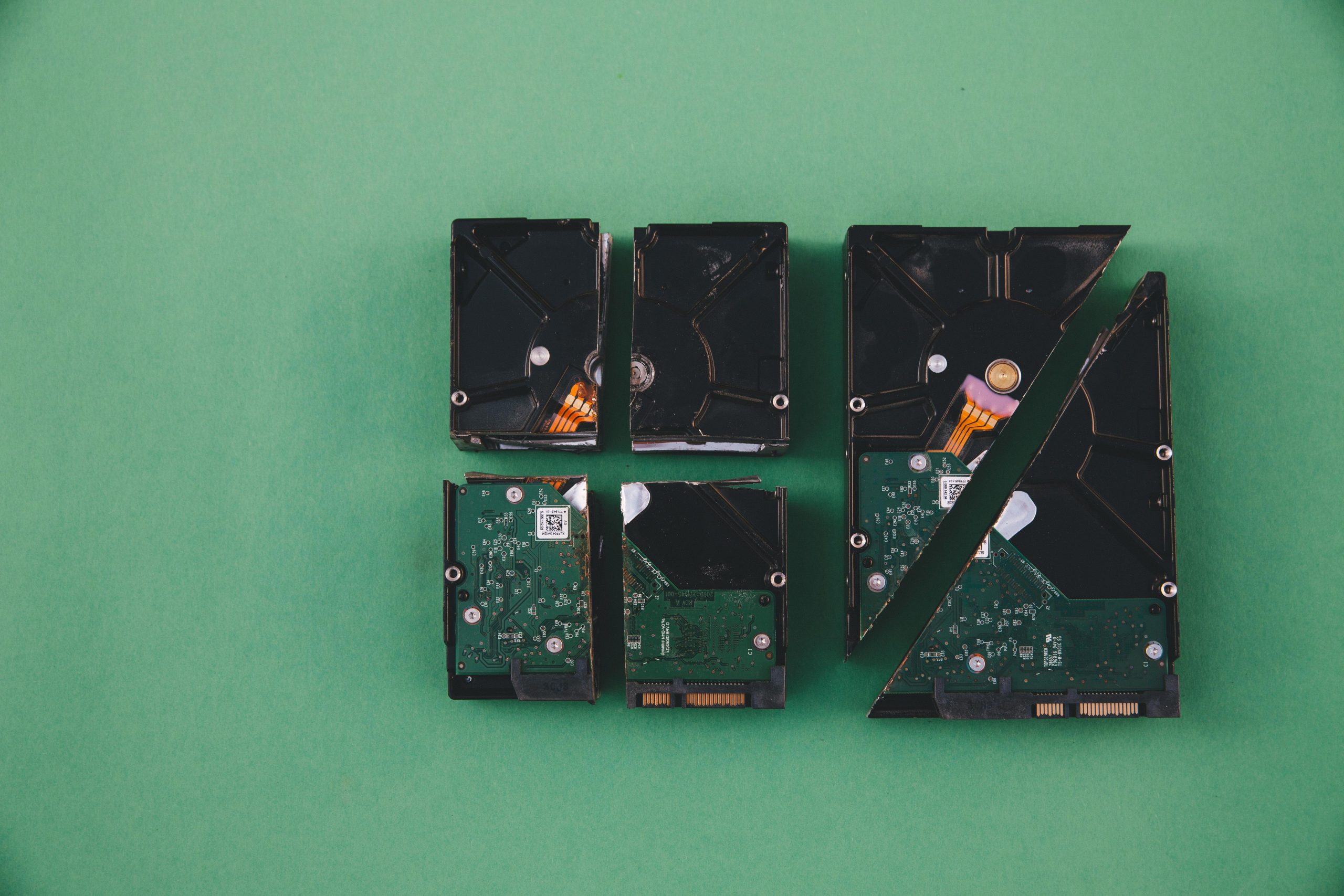Understanding and Resolving Persistent Disk Space Loss on Your PC
Experiencing a continuous decrease in disk space without any new installations or downloads can be perplexing and concerning. If you’ve recently encountered a similar issue—where your drive’s free space diminishes rapidly despite a clean system—this article aims to provide clarity and guidance on diagnosing and resolving the problem.
Case Overview
A user reported that, despite performing a complete factory reset of their PC—wiping all data and reinstalling the operating system—the problem persisted. Post-reset, they observed approximately 905 GB of free space. Within minutes, however, the available disk space reduced to around 899 GB, even without installing new applications or downloading files. This pattern continued, prompting concerns about possible underlying issues.
Potential Causes of Unexplained Disk Space Loss
Several factors can contribute to unexplained decreases in disk space, including:
- Hidden System Files or Logs
- Virtual Memory and Paging Files
- System Restore Points and Shadow Copies
- Malware or Other Malicious Software
- Background Processes or Services
- Disk Errors or Fragmentation
- Hardware Malfunctions or Failing Storage Devices
Steps to Diagnose and Address the Issue
-
Check Disk Usage with Built-in Tools
Use Windows’ Storage settings or third-party disk analyzers (like WinDirStat or TreeSize) to visually identify what consumes space. This can help determine if hidden files, large logs, or temporary files are responsible. -
Inspect System Restore Settings
Excessive or numerous restore points can occupy significant space. Consider deleting older restore points or adjusting the allocated space for recovery. -
Examine Virtual Memory Settings
A large paging file can consume significant disk space. Review your system’s virtual memory settings and adjust if necessary. -
Run Malware Scans
Malicious software can generate large files or logs that fill up your disk. Use reputable antivirus or anti-malware tools to perform comprehensive scans. -
Monitor Background Processes
Use Task Manager or Resource Monitor to identify processes that might be creating files or consuming disk resources unexpectedly. -
Check Disk Health
Run disk diagnostics (such as CHKDSK) to assess hardware integrity. Failing disks can produce unusual behavior and errors. -
Review System Logs and Temporary Files
Sometimes, logs or temporary files grow rapidly due to errors or misconfigurations. Clearing temporary files and inspecting logs can help.
Preventive Measures and Best Practices
- Regularly monitor disk space to
Share this content:



